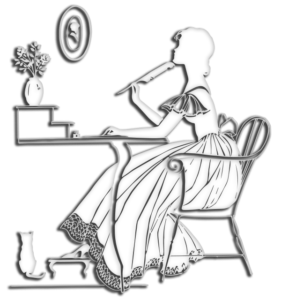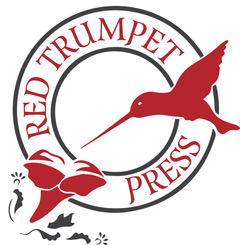I spent the month of June in Ireland, at the end of which I attended the 2016 Dublin Writers Conference, put on by Laurence O’Brien and the crew at booksgosocial.com. It was a lovely three days’ worth of inspiring and informative sessions put on by successful writers, instructors and publishers. I’ll be sharing some of the writing tips I learned there (and at this month’s RWA Convention in San  Diego) in the next few blog posts. The first batch is from
Diego) in the next few blog posts. The first batch is from
Conor Kostick, an author and instructor at both Trinity College Dublin and the Irish Writers Center. It’s a partial list of elements that Kostick and his students came up with after analyzing what makes a bestseller stand head and shoulders above the rest. The ideas aren’t in any particular order of importance, and I put my comments in italics:
1. It’s good to have an audience for whatever drama is playing out. Conor used the example of a marriage proposal, but a knockdown, drag out fight would work, too. Let’s face it, we’re voyeurs at heart and we love watching train wrecks or incredibly embarrassing moments. So whatever dramatic scenes you put your protagonists through (especially as they concern each other), think about having others watching them!
2. To show the customized speech of a character, use the idioms that character would say rather than phonetically spell the speech. Check You Tube to hear how various characters (e.g., a Maine lobsterman) speak.
3. Use compression to gloss over the boring aspects of a given dialogue. For example, we don’t need to hear every “Thank you” to the food server coming and going in a restaurant scene.)
4. Make sure you describe landscape not in objective, cinematic terms, but psychologically, through the eyes of the POV character. Example: A mountain can be a welcome chance at freedom for one person, but a too-difficult obstacle for another. It’s the same mountain.
5. Use your critique groups not only to critique but to brainstorm ideas for your WIP (work in progress).
6. Regarding romance: the reader must be convinced as to why the couple should be together. The reader should feel “Yes! They are destined for one another; always have been. Glad they finally realized it.”
7. The turning point for realizing love usually comes from an unexpected source or event. Corny but true: the heroine falls for the hero not because he saves her from the bad guy’s speeding car, but because he saved a cat from drowning several scenes earlier.
8. Sprinkle your background facts throughout the scenes of your book – don’t “info dump.” (more on that in an upcoming post)
9. Give your villains a justification for their behavior – they certainly have one. Even Hitler had one. You don’t have to go into great detail about it, but sprinkling one or two indicators within the story will make your villain more human, and therefore more scary because they’re not just cartoon characters.
10. Don’t be afraid to use punctuation to create more complex sentences. This helps vary the cadence of your writing, which keeps readers on their toes, as well as adding to the drama. An example of the latter would be to write several medium to long sentences describing a mansion and its grounds, followed by “It was a prison for the insane” to show a major surprise or plot shift. The principle of “variability” can and should be used for paragraphs and chapter lengths, too. Conor opined that many creative writing courses encourage writers to write sparingly like Hemingway, which isn’t always the best approach.
11. Don’t confuse theme with subject matter. Theme is the position you take on a subject matter. A novel can be about marijuana, but the theme could either be “Weed is wonderful” or “Dope is bad.”
12. With endings, make sure it’s clear how the main character has changed, but include a “sense of journey” to show that growth will continue (especially with series characters).
Any of these writing tips ring a bell with you? I’d love to hear what you think.





